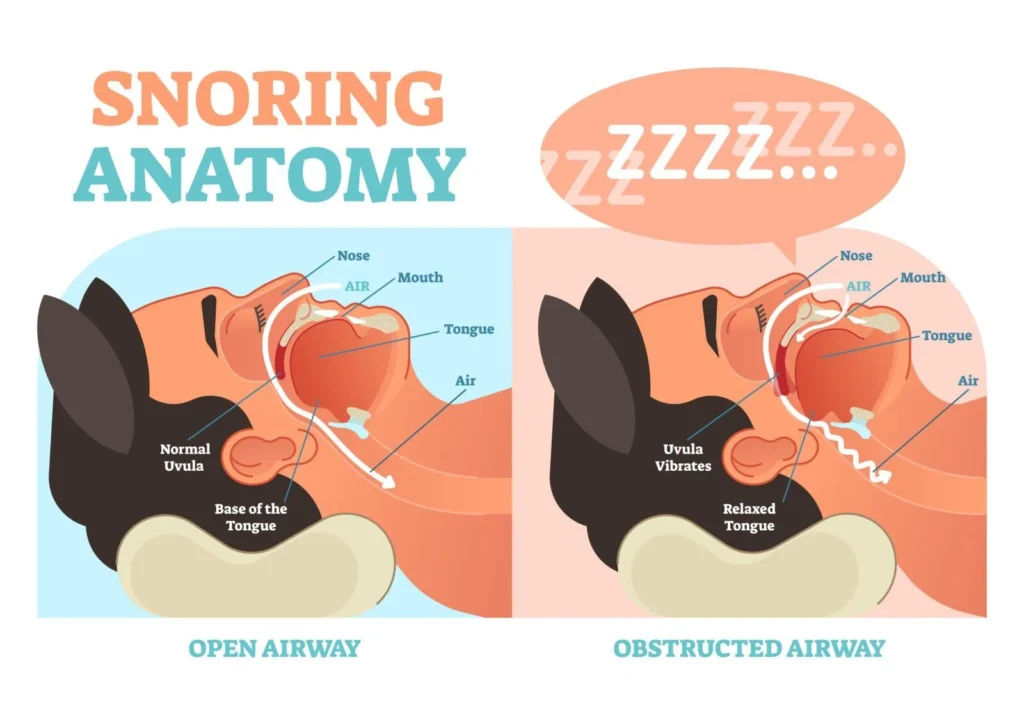Blog Post Title: Jaw Exercises to Help You Snore Less and Sleep Better
Do you frequently snore at night, causing disturbances for both yourself and your sleeping partner? Snoring is a common issue that affects millions of people worldwide. Not only can it be disruptive to your sleep, but it can also lead to other health problems such as fatigue, irritability, and even cardiovascular issues. While snoring can be caused by various factors such as obesity, allergies, and sleep position, one often overlooked culprit is jaw tension.
Jaw tension, also known as temporomandibular joint (TMJ) disorder, is a condition where the muscles in the jaw become tight and painful. It can be caused by stress, teeth grinding, or misalignment of the jaw. This tension can contribute to snoring as it narrows the airway, making it more difficult to breathe. Luckily, there are some jaw exercises that can help alleviate this tension and reduce snoring. In this blog post, we will discuss some of the most effective jaw exercises to help you snore less and sleep better.
1. Jaw Rotations
Jaw rotations are a simple yet effective exercise that can help relax the muscles in your jaw. Start by sitting or standing with your back straight. Slowly open your mouth as wide as you can, then move your jaw to the left and hold for a few seconds. Next, move your jaw to the right and hold again. Repeat this rotation 10 times. Make sure to keep your movements slow and controlled, and avoid any jerking motions.
2. Chin Thrusts
Chin thrusts are another exercise that can help open up your airway and reduce snoring. Begin by sitting or standing with your back straight. Tilt your head back, so your chin is pointing towards the ceiling. Then, push your lower jaw forward and hold for a few seconds. Relax and repeat 10 times.
3. Tongue Push-Ups
Tongue push-ups may sound silly, but they are an excellent way to strengthen the muscles in your mouth and throat. Start by sticking your tongue out as far as you can, then push the tip of your tongue against the roof of your mouth. Hold for a few seconds, then relax. Repeat this exercise 10 times.

Jaw Exercises to Help You Snore Less and Sleep Better
4. Jaw Stretch
The jaw stretch is a great exercise to help alleviate tension in your jaw muscles. Begin by sitting or standing with your back straight. Place your fingertips on your chin and gently push your jaw downward. Hold for a few seconds, then relax. Repeat this stretch 10 times.
5. Resistance Training
Resistance training is an effective way to strengthen your jaw muscles and reduce snoring. Using your thumb and index finger, gently squeeze your chin for 3-5 seconds. Then, place your fingers on your jawline and push your jaw outward. Hold for a few seconds, then release. Repeat this exercise 10 times.
6. Jaw Relaxation
Jaw relaxation is a simple exercise that can be done at any time throughout the day to help relieve tension in your jaw. Start by sitting or standing with your back straight. Close your mouth and let your teeth touch lightly without clenching. Then, let your jaw hang loose and relax. Take a few deep breaths and repeat this exercise whenever you feel tension in your jaw.
7. Side-to-Side Jaw Movement
Side-to-side jaw movement is a useful exercise to help loosen up tight jaw muscles. Begin by sitting or standing with your back straight. Open your mouth slightly and move your jaw from side to side, keeping your movements slow and controlled. Repeat this exercise 10 times.
In addition to these exercises, it is important to maintain good posture throughout the day. Poor posture can contribute to tension in the jaw, so make sure to sit and stand up straight. You can also massage your jaw muscles using your fingertips or a warm compress to help relax them.
In summary, jaw tension can be a significant contributor to snoring and disrupted sleep. By incorporating these jaw exercises into your daily routine, you can help alleviate tension in your jaw muscles, open up your airway, and reduce snoring. Remember to consult with your doctor if snoring persists, as it may be a symptom of a more serious underlying condition.
